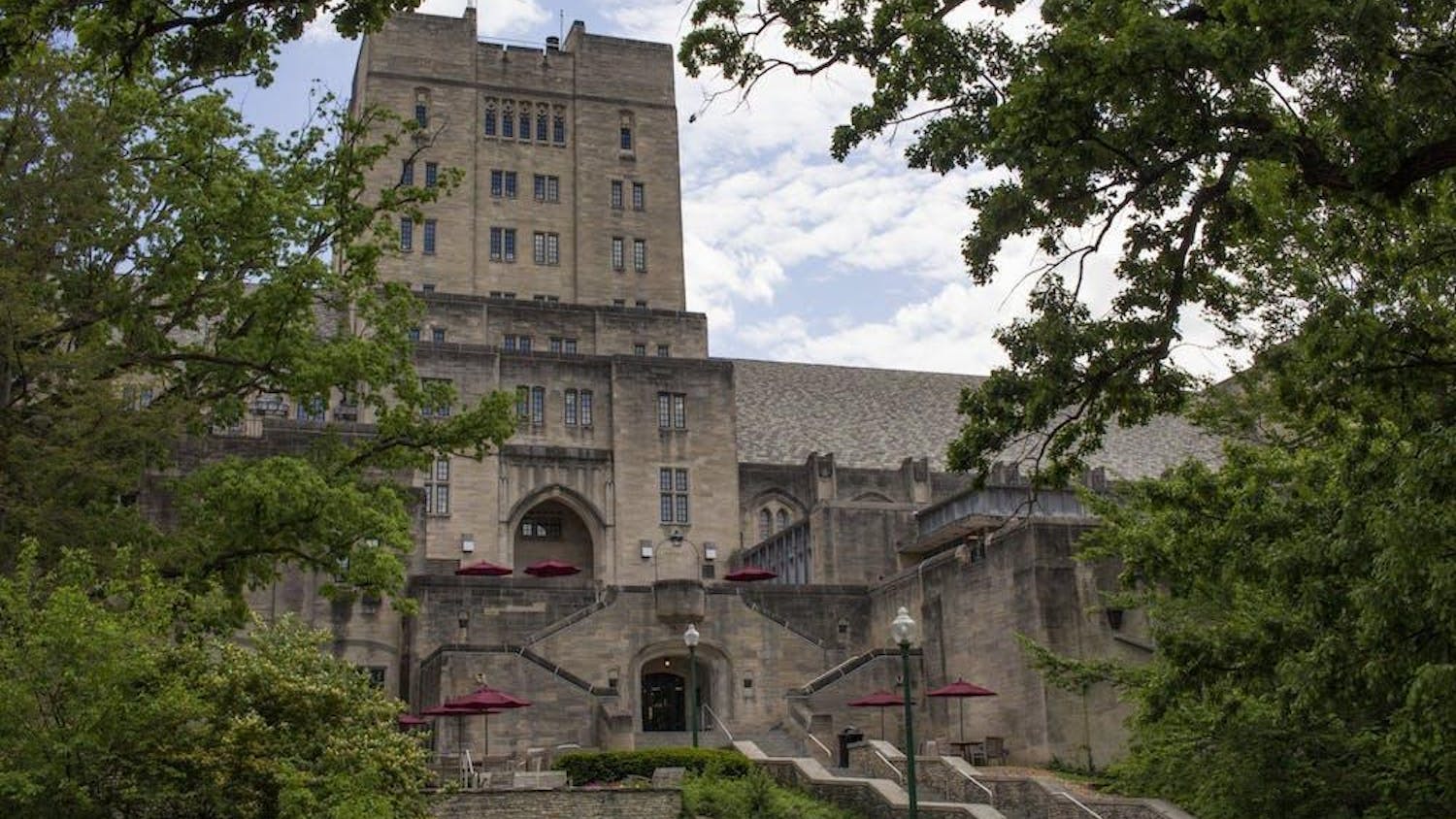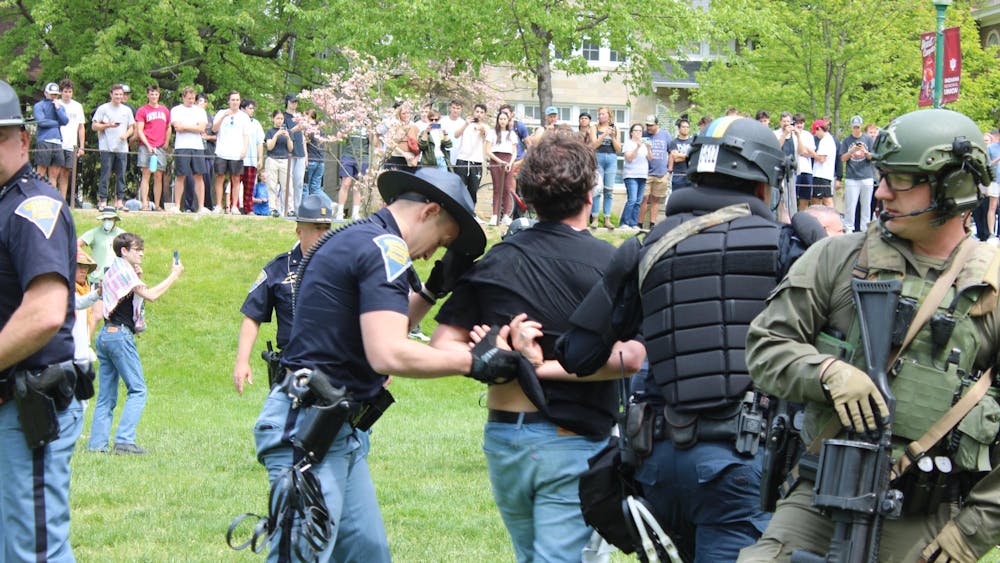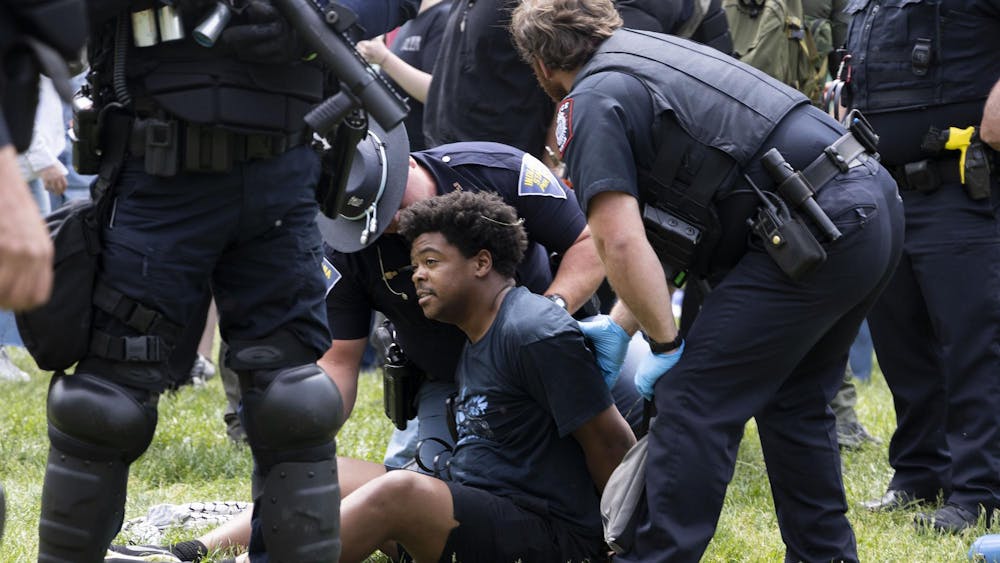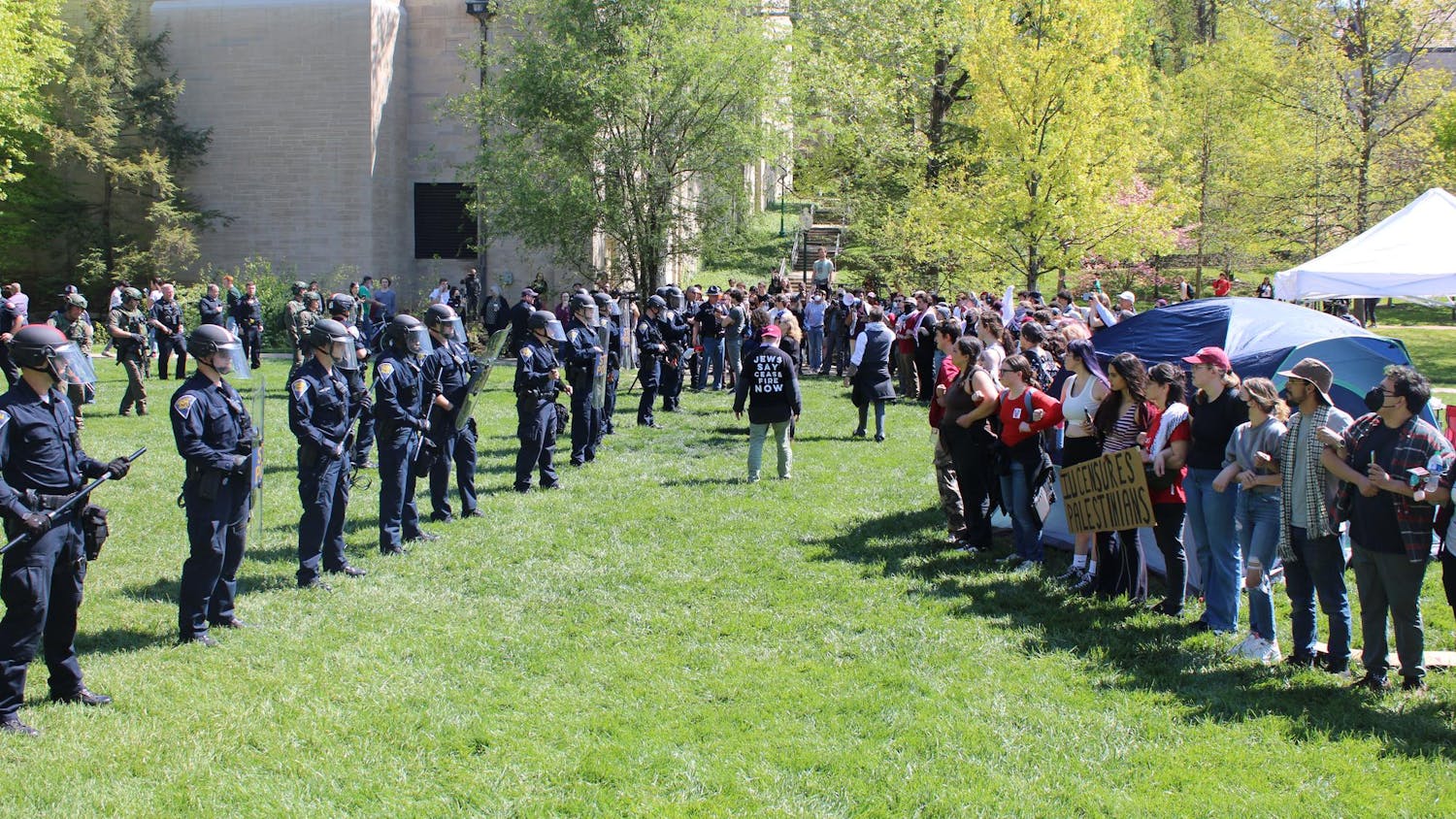As Kaelyn Siversky walked along a beach on what she called a first date, her date said he forgot his wallet and needed to go back to his boat to get it, inviting her to accompany him.
She was 15 years old.
“When we got there, he went from being a very gentle, kind person, to being very overpowering,” Siversky said.
As she tried to leave, her attacker began to hit and kick her.
“He undressed me. He tied my hands behind my back and he assaulted me,” she said. “I felt very worthless after that.”
Siversky is now the executive director of Project Unbreakable, an organization that raises awareness of sexual assault.
She and Grace Brown, founder of Project Unbreakable, brought photographs from Project Unbreakable to IU to have a discussion about sexual assault and kick off Culture of Care Week.
Brown began Project Unbreakable in October 2011 as a way for sexual assault survivors to take back the words of their attackers and help the healing
process.
“I started this project as a way of bringing awareness to this issue,” Brown said. “There wasn’t a lot in the media.”
The idea came to her in photography school, while she was speaking with a friend who was assaulted at 14 years old, she said.
“I could see her eyes and I could see her crumbling,” Brown said.
She said when she brought the idea to her friend and she agreed, she decided to begin Project Unbreakable. If her friend did not agree, there would be no project.
Brown and her friend posted a photo of her friend holding a poster with a quote from her attacker.
After the first photo was placed on the Internet, Brown said people started asking to participate.
“I realized it was creating awareness, but it was also part of the healing process,” she
said. “It was a way to take back the words that were said to them.”
Siversky heard about the project from a friend and was scheduled to be photographed, but said she never went. Instead, she applied to be a part of the Project Unbreakable team.
She said the people at Project Unbreakable were the first to fully accept her story as true immediately, instead of questioning her.
“There is nothing in this world like that feeling of support,” Siversky said.
Brown said survivors of sexual assault are often not believed by their peers or family.
One of the reasons she began Project Unbreakable was because she fully believed her
friend who was assaulted at 14 years old.
Brown and Siversky broke the silence that resonated through the room with shocking statistics about sexual assault.
Only 3 percent of attackers will spend a day in jail, Brown said.
Siversky said more than one-third of minors who were assaulted will be assaulted again.
About 25 percent of male survivors were assaulted by the age of 10, Brown said.
The project, Brown said, is not just about statistics.
“It puts a person behind a statistic and it makes the concept of sexual assault not this floating object,” Brown said. “It puts a face behind the numbers.”
Consent was another subject discussed through the photographs.
“One of the things I find most interesting in discussing ways to end sexual assault is the discussion of consent,” Siversky said. “It is a really difficult thing to ask for, and it’s also a really difficult thing to give.”
She said through the photos, she notices a common theme about consent.
“Just because you’ve agreed to something at one point, does not mean you’ve agreed
to it at any other point,” Siversky said.
Along with consent and other themes, she said society still has archaic ideas of gender roles.
“There is still this pressing idea that (there has to be a) submissive partner in any
relationship,” Siversky said.
The idea of the submissive and the dominant is often seen in sexual assault and in the photographs, she said.
Then, Siversky said, there is corrective rape.
Corrective rape is sexual assault in which the attacker rapes the victim in order to “correct” their sexuality or gender identity, she said.
“It happens very often and it is considered a hate crime as well as sexual assault,” Siversky said.
The silence reigned in the room during the entire presentation. Brown said she understands how difficult it can be to look at the photographs.
“I know that sitting in this audience can make you want to lose your faith in humanity,” Brown said. “But you can’t.”
She said people are becoming advocates for sexual assault survivors instead of bystanders.
The project often brings about questions of hope for sexual assault survivors and how Brown and Siversky find hope in the photographs.
“It’s made of hope, it’s made of healing, it’s these people taking these words back,” Brown said.
Siversky said giving a voice to the survivors instead of silencing the stories is hope.
“These survivors, they are hope,” Siversky said. “These people telling their stories, that’s what hope is.”
Follow reporter Allison Wagner on Twitter @allmwagn.
Project Unbreakable addresses sexual assault, victims' stories
Get stories like this in your inbox
Subscribe





